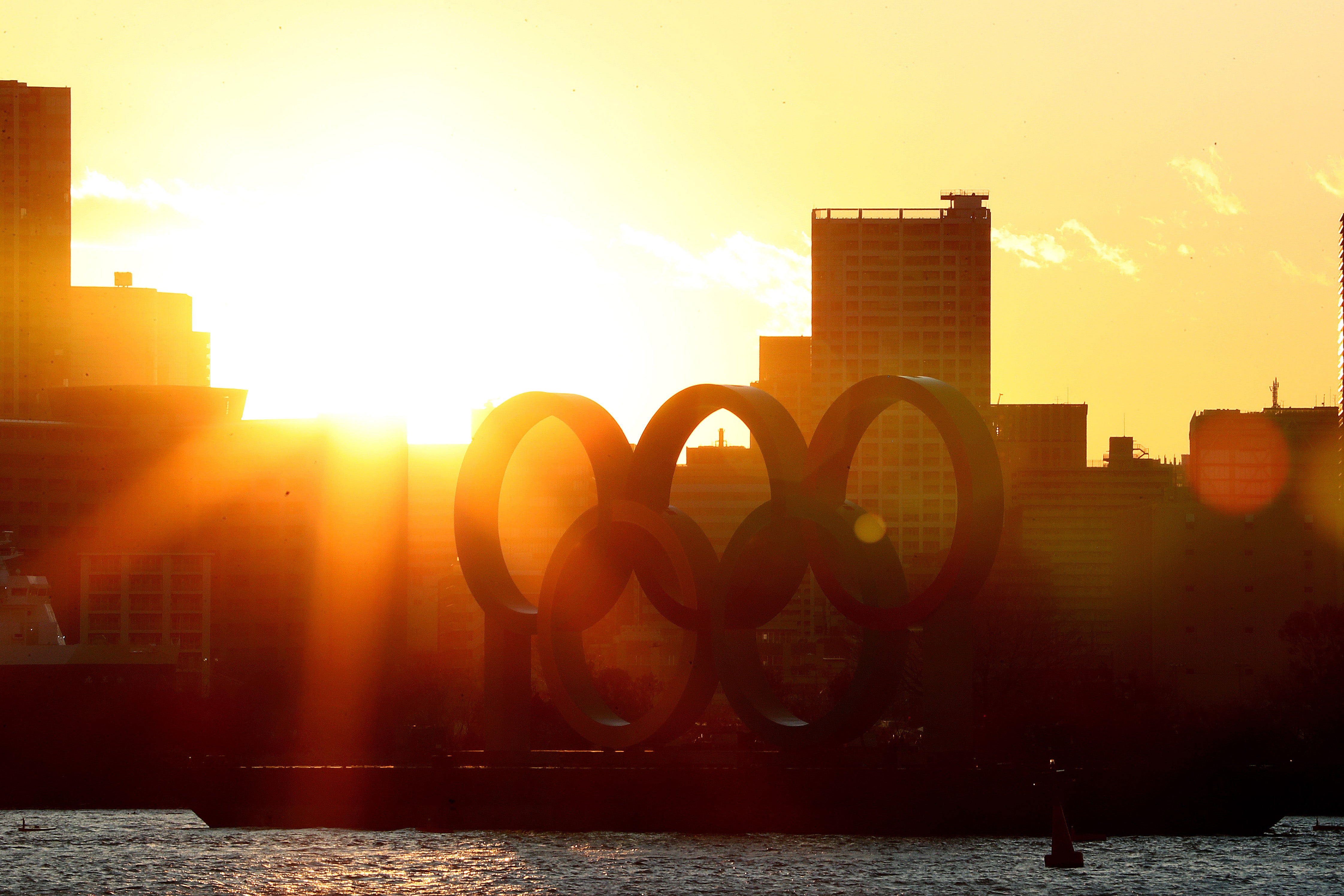Climate change makes for a hot Olympics
For period when Tokyo officials chose to stage the competition, the average high over the past twenty years has been 90 degrees Fahrenheit (32C)

Fifty-seven years ago, when the Summer Games were last held in Tokyo, the average high temperature was about 68 degrees Fahrenheit (20C), and the warmest day was 74 (23C).
But the 1964 Olympics were held in the cooler, drier month of October. This time around, the nightly lows in Tokyo are hotter than that previous high of 74 (23C). The calendar change is the main culprit, of course.
The International Olympic Committee required that cities bidding for the 2020 Games hold the event between 15 July and 31 Aug, barring “exceptional circumstances”.
It has been more than 20 years since the Olympics have been held outside that time frame. The 2000 Sydney Olympics, held in late September to adjust to weather in the Southern Hemisphere, have been the least-viewed Summer Games in the United States over the past several decades. (Mexico City in 1968 and Seoul in 1988 held the Summer Games in October, too.)
For the time period that Tokyo officials chose to stage the competition, the average high over the past two decades has been 90 degrees Fahrenheit (32C), according to data collected by the Japan Meteorological Agency.
The agency’s data also shows the effect of climate change on summertime temperatures in Tokyo. The average daily high was 79.9 degrees Fahrenheit (26.6C) for the 10 Augusts before the 1964 Summer Games. For the 10 Augusts before the 2021 Games, it was 82.4 degrees Fahrenheit (28C).
Haruo Ozaki, the chairman of the Tokyo Medical Association, said this month that holding the Games in July and August was a serious issue because of the “high risks of heatstroke,” and not just because of the coronavirus pandemic.
Olympic officials have put in place several heat-countering measures across events. At Shiokaze Park on Tokyo Bay, where beach volleyball is being held, organisers cooled off the sand with water from firefighter-grade hoses and rolled out canopies to shade players on the sidelines. Among other measures, organizers also installed electric fans and large-scale misting towers, and a special coating of reflective material that reduces the surface temperature over 85 miles of roads in the city’s centre.
No event has felt the heat as intensely as tennis. This year shaped up to be one of the hottest and most uncomfortable tennis tournaments many athletes will ever play. Temperatures reached 90 degrees Farenheight (32C) in the shade when play got underway on Saturday, and they haven’t let up since.
On Wednesday, Paula Badosa of Spain suffered from heatstroke during her quarterfinal match against Marketa Vondrousova of the Czech Republic and had to leave the match early in a wheelchair. Daniil Medvedev of the Russian Olympic Committee struggled to breathe through the hot and humid conditions during a match against Fabio Fognini of Italy on Wednesday. He told the chair umpire, “I can finish the match, but I can die.” (He did finish.)
Mr Medvedev still managed to win and advanced to the quarterfinals, but he lost to Pablo Carreño Busta of Spain on Thursday.
In response to the conditions, the International Tennis Federation announced that beginning Thursday, tennis matches at the Tokyo Games would start at 3pm local time instead of 11am.
Olympic officials have had an extreme-weather policy in place for tennis, which provides for modifications of play and 10-minute breaks because of temperatures. The policy kicks in once the wet-bulb globe temperature — an index that measures heat stress on the human body — reaches 30.1 degrees Celsius, or about 86 degrees Fahrenheit.
But the heat this year was not unexpected. In 2019, the International Olympic Committee moved the marathon about 500 miles north of Tokyo to the city of Sapporo because of concerns about the heat. (Most competitors in sprinting, however, will embrace the hot weather when those events begin Friday.)
The New York Times
Subscribe to Independent Premium to bookmark this article
Want to bookmark your favourite articles and stories to read or reference later? Start your Independent Premium subscription today.

Join our commenting forum
Join thought-provoking conversations, follow other Independent readers and see their replies